Is It Possible to Put Thermite in a Liquid Suspension?
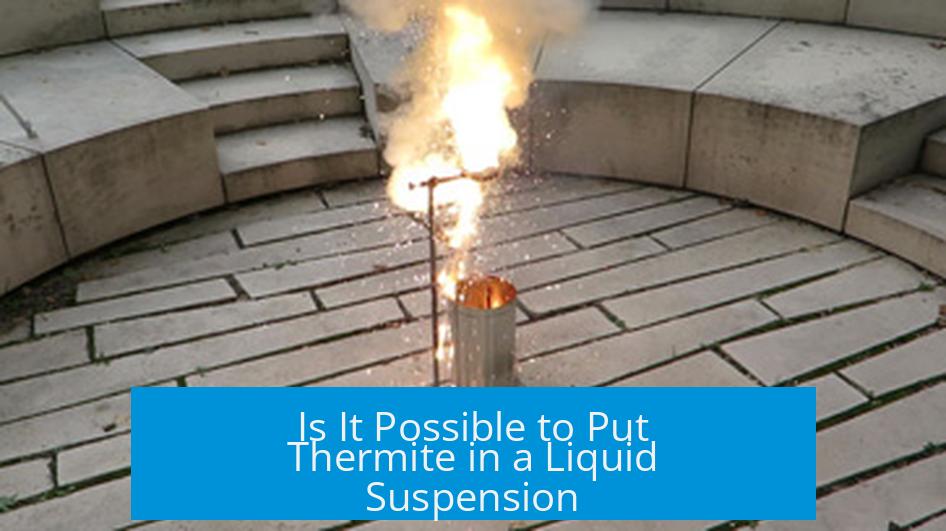
Yes, it is possible to create a liquid suspension containing thermite, although pure thermite itself is a solid mixture and not inherently liquid. Such suspensions involve dispersing thermite powders in a liquid medium, creating a slurry or gel that can behave like a liquid for certain applications.
Understanding Thermite and Its Physical State
Thermite is traditionally a solid pyrotechnic composition made of metal powder (commonly aluminum) and a metal oxide (like iron oxide). It reacts exothermically when ignited, generating intense heat.
Because thermite consists of solid particles, it cannot be a true liquid. However, suspending these particles in a carrier liquid forms a thick, pumpable mixture. This suspension can flow and be sprayed, closely mimicking liquid behavior.
Real-World Examples of Liquid Thermite Suspensions
- Aerial delivery of thermite-like materials has been reported, such as drones spraying incendiary mixtures during conflicts. These mixtures are typically thermite particles suspended in combustible or inert liquids.
- These suspensions enable better control over application, and can target surfaces more precisely than dry thermite powder.
Challenges and Considerations
- Compatibility of thermite particles with the chosen liquid is crucial to prevent premature reactions and maintain stability.
- Carrier liquids often include fuels or thickening agents to sustain suspension and enable ignition.
- Handling such mixtures raises safety, legal, and ethical concerns, limiting public availability of detailed preparation methods.
Scientific and Practical Insights
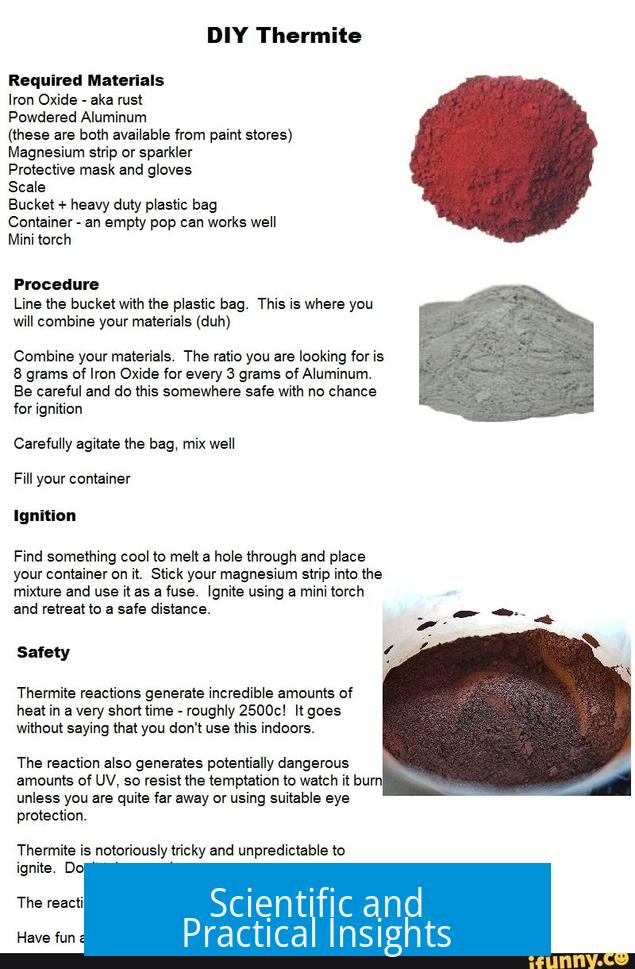
Creating a liquid suspension of thermite requires balancing several factors: particle size, liquid viscosity, ignition properties, and storage stability. Experimental approaches vary from aqueous suspensions to gelled fuels incorporating thermite powder.
Scientific literature touches mostly on modified thermite formulations for industrial welding or military uses, with specialized binders permitting semi-liquid states.
Summary of Key Points
- Thermite itself is solid but can be suspended in liquids as a slurry or gel.
- Liquid suspensions permit novel delivery methods like spraying from drones.
- Formulations must ensure stability, controlled ignition, and safety.
- Detailed preparation knowledge is scarce due to safety and ethical restrictions.
- Further research explores materials science and tactical applications but remains restricted.
Is It Possible to Put Thermite in a Liquid Suspension?
The short answer is: yes, it is possible to put thermite into a liquid suspension, but the practical and safe applications are tricky and often fraught with challenges.
Thermite is famous for its dramatic, intense reaction when ignited. It’s a mixture of metal powder and metal oxide, mostly solid powders under normal conditions. But putting it in liquid form? That’s a topic that sparks curiosity—especially after the 2024 Netflix film Atlas portrayed ‘liquid thermite’ as a futuristic rocket fuel and a battlefield game-changer.
So let’s unpack that idea.
A Hollywood Spark: Where Myth Meets a Dash of Reality
The film’s depiction of liquid thermite caught many eyes. It shows thermite being deployed like a fluid, a slick rocket fuel with explosive prowess. This portrayal is eye-catching, but does it match the real world?
Thermite traditionally is a dry powder mix, and its ignition is highly exothermic. The reaction can melt through steel and other metals but managing it as a liquid? That’s a tough feat. You need a fluid medium to suspend the thermite particles without losing the critical chemical properties.
Thermite in Real Life: Spray It or Pour It?
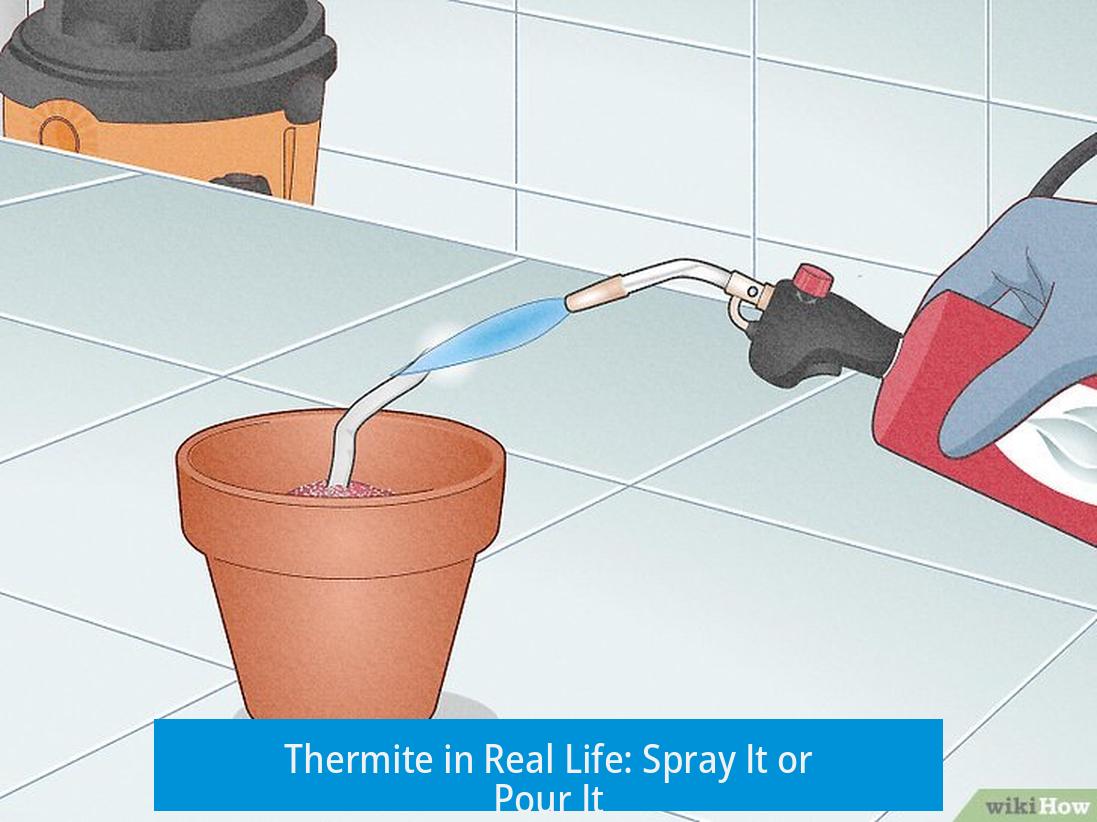
Recent conflicts have shown some unconventional thermite uses. Reports from Ukraine mention drones spraying thermite or thermite-like materials over targets. This suggests that some sort of suspension, likely a slurry or paste, was created, allowing thermite in a quasi-liquid state to be deployed from the air. That’s real-world application flirting with “liquid thermite.”
This drone-spray method would involve mixing thermite powders with a liquid binder or carrier, forming a suspension that can be sprayed or dripped. But it’s not truly a molten or entirely liquid form; more like a thick slurry that behaves like liquid when pressured but retains the solid particles needed for the reaction.
Why Not Just Make Liquid Thermite Like You Would Honey?
Well, thermite’s components don’t dissolve or melt into a stable liquid under normal conditions. You can’t just toss iron oxide and aluminum powder into water or oil and call it liquid thermite. The particles would settle, and the mixture wouldn’t be stable or effective. Plus, the liquid needs to burn or ignite properly, maintaining the same intense, localized heat to turn metal into molten slag.
Designing a liquid suspension requires:
- Choosing a carrier liquid that won’t prematurely react with thermite’s metals.
- Ensuring the particles remain evenly dispersed without clumping.
- Preserving ignition sensitivity and reaction intensity.
- Managing safety because thermite reactions generate temperatures of >2,500°C.
Anyone suggesting how-to for making incendiary suspensions tends to hit stone walls. Legal and safety concerns prevent wide discussions. Plus, it’s not exactly a DIY weekend project because a rogue spark can unleash serious damage.
But Hey, Curiosity Is Smart
Despite all the “nope, can’t tell you,” the question itself opens a door to fascinating science. Exploring liquid suspensions of powdered materials—thermite included—unveils insights about particle chemistry, fluid mechanics, and incendiary technology. For example, understanding why thermite particles settle out of suspension teaches more about materials engineering.
In fact, experts appreciate when someone digs deep beyond typical “what good is it?” interrogations. Sometimes knowledge must stand on its own merit.
The Experiment That Never Ends
Here’s the juicy finale: No definitive public reports or experiments conclusively show a perfect, practical liquid thermite. The closest are suspensions used in warfare or industry under controlled parameters. This leaves us hanging. The original questioners often circle back with, “So, what did you finally come up with?” but the best answers remain, “It’s complicated, and no one’s spilling the full beans.”
Still, the theory holds water—or slurry—that thermite could be suspended in a liquid medium if done carefully. The challenges are keeping it stable, safe, and effective. That’s no small task given thermite’s explosive temperament.
What Does This Mean For You?
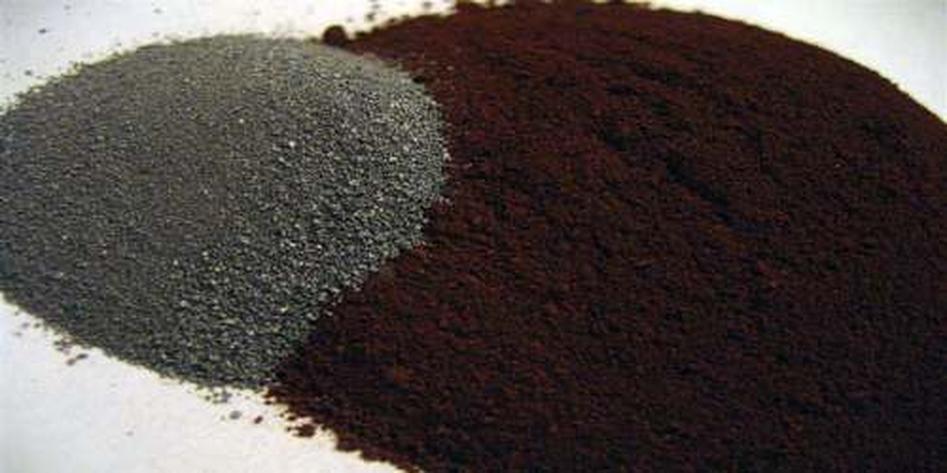
If your interest is academic or curiosity-driven: Learning about thermite suspensions broadens understanding of composite materials and energetic mixes. If it’s practical or inventive: the takeaway is caution. Working with thermite, especially in liquid forms, carries serious risks beyond ordinary chemicals.
What about alternatives? Sometimes a different incendiary or pyrotechnic substance fits the bill better, depending on the goal. But if your imagination is fired up by the idea of liquid thermite, it’s a great probe into where chemistry, physics, and technology intersect—how powders, liquids, and heat come together in fascinating ways.
Final Thoughts: Thermite’s Liquid Future?
Could liquid thermite evolve beyond fiction and scattered situations? Possibly—if innovations in chemistry create better suspensions or gels that safely carry thermite particles without losing reactivity. For now, the concept remains tantalizingly out of reach for public knowledge but alive in military reports and Netflix plots.
So, yes, liquid thermite—in the shape of a suspension or slurry—can exist. But it’s less a fiery cocktail and more a carefully engineered mix, with the complexities of balance and safety keeping it just beyond everyday reach.
Next time you watch a movie explosion or hear about battlefield tech, remember: Sometimes the coolest ideas on screen take years (or decades) to hit the lab—and even longer to hit reality.
Can thermite be suspended in a liquid form?
Thermite itself is a powdered mixture. While direct suspension in a liquid is difficult, there are examples where thermite-like materials are sprayed, implying some form of liquid delivery or suspension might be possible.
Has liquid thermite been used in real-world situations?
Reports mention drones spraying thermite in conflict zones. This suggests that a form of liquid or semi-liquid thermite suspension has been applied operationally, although detailed methods are not publicly shared.
Why is detailed information on making liquid thermite suspensions scarce?
Due to ethical and legal concerns, detailed instructions on creating and deploying thermite suspensions are withheld. Sharing such information risks misuse and raises safety issues.
Is liquid thermite a scientifically proven concept or mainly fictional?
Liquid thermite remains more theoretical and fictional, often inspired by media. Some practical attempts or analogues exist, but a stable, true liquid thermite is uncommon and not well-documented.


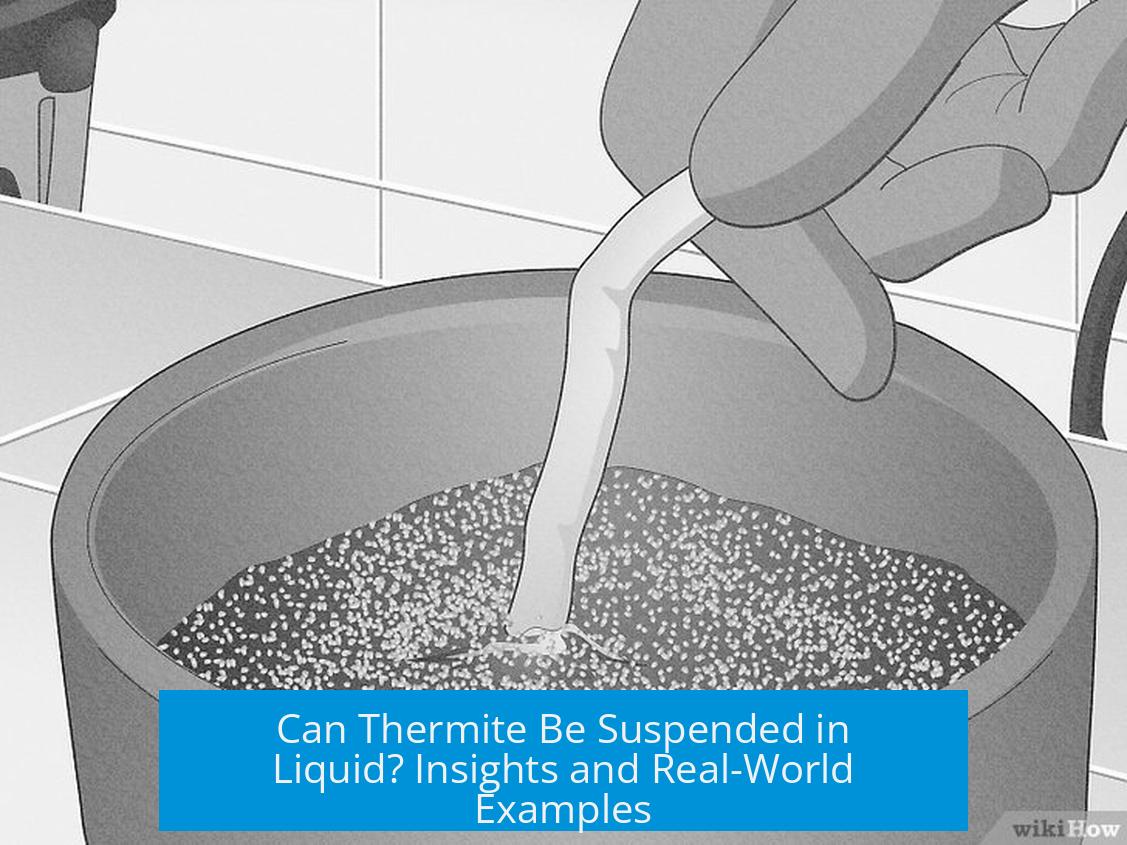
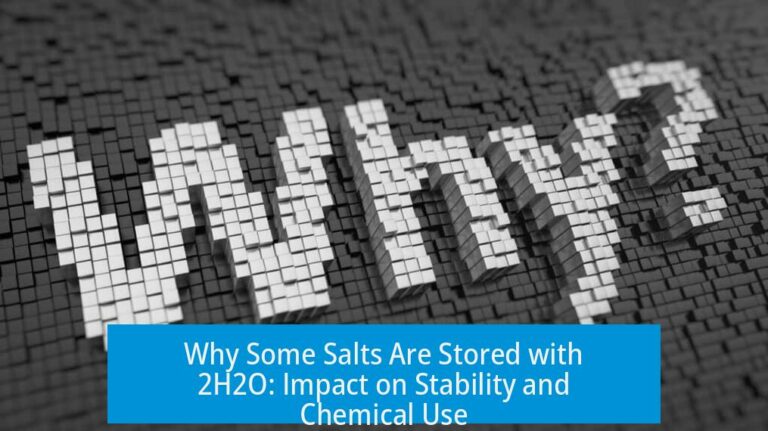

Leave a Comment